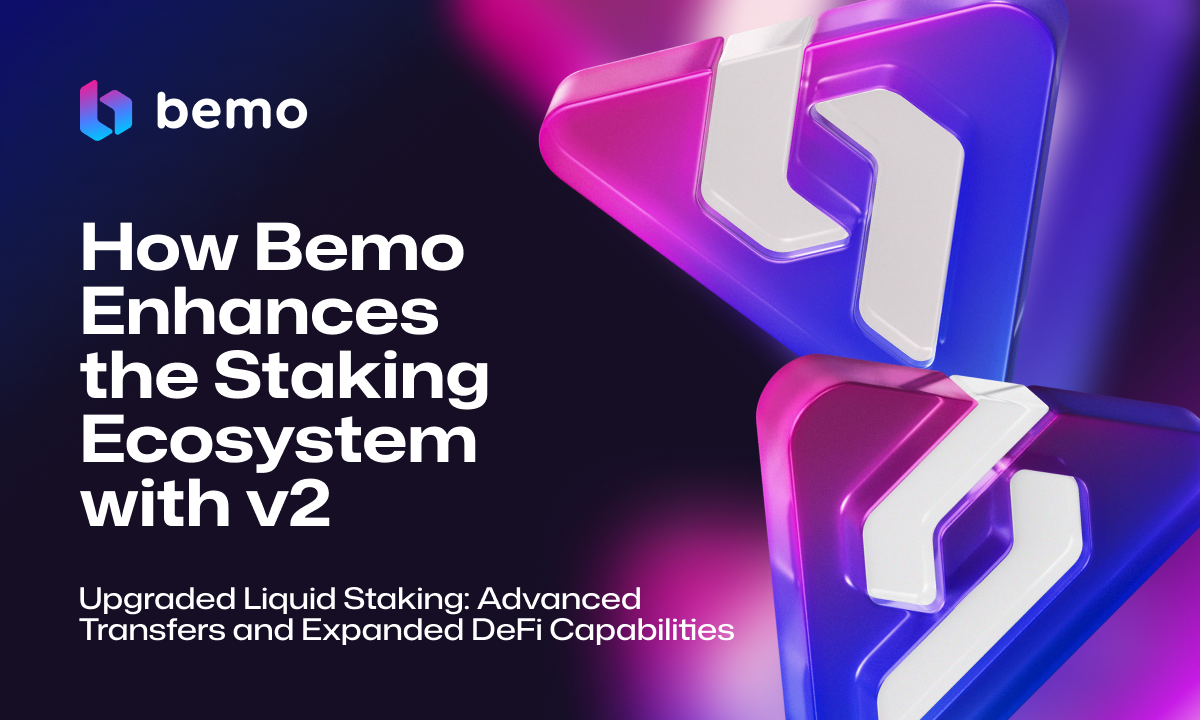AI-Powered PowerPoint Generation: Card-Based vs. Template-Driven Approaches
Explore the two dominant AI approaches for PowerPoint generation: card-based systems like Gamma.app and template-driven tools like Autoppt.com. Learn their technical challenges, pros/cons, and which method suits your workflow.
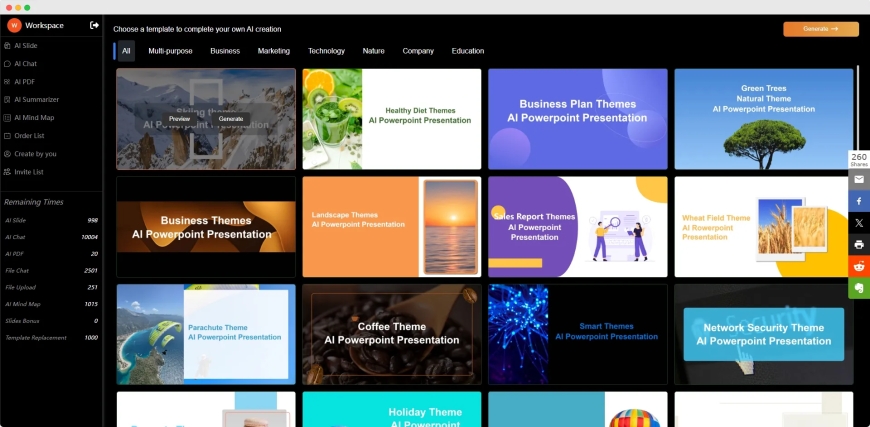
Introduction
Artificial Intelligence (AI) has revolutionized how we create presentations, with tools like Gamma.app and Autoppt.com leading the charge. While both aim to automate slide creation, they employ fundamentally different philosophies: card-based design (Gamma.app) and template-driven automation (Autoppt.com). This blog dissects their technical architectures, evaluates their strengths and limitations, and provides actionable recommendations for users.
1. Card-Based Systems: The Gamma.app Approach
Core Philosophy
Card-based systems treat slides as modular "cards" that users can dynamically arrange. These tools prioritize flexibility and visual storytelling, allowing users to drag, drop, and customize content blocks (text, images, charts) in real time.
Technical Challenges
-
Dynamic Layout Algorithms
-
Problem: Balancing aesthetics with content density. Cards must auto-adapt to varying content lengths without overlapping or creating whitespace.
-
Solution: Gamma.app uses constraint-based layout engines (similar to CSS Grid) combined with ML models trained on design principles.
-
-
Cohesive Aesthetics
-
Problem: Ensuring visual harmony (fonts, colors, spacing) across user-modified cards.
-
Solution: Style transfer algorithms enforce brand guidelines or user-defined themes.
-
-
Real-Time Collaboration
-
Problem: Syncing edits across multiple users without latency.
-
Solution: Operational transformation (OT) protocols, as seen in Google Docs.
-
Pros & Cons
| Pros | Cons |
|---|---|
| High customization for creative projects | Steeper learning curve for non-designers |
| Ideal for iterative design processes | Slower output for simple presentations |
| Better alignment with brand guidelines | Limited automation for bulk content |
2. Template-Driven Systems: The Autoppt.com Model
Core Philosophy
Template-driven tools automate slide creation using pre-designed layouts. Users input raw data (text, spreadsheets), and AI maps it to the most suitable template, emphasizing speed and consistency.
Technical Challenges
-
Content-to-Template Matching
-
Problem: Accurately mapping unstructured data (e.g., a PDF report) to relevant slides.
-
Solution: Autoppt.com uses NLP to extract key points and computer vision to rank template compatibility.
-
-
Template Diversity
-
Problem: Avoiding repetitive designs across presentations.
-
Solution: Generative adversarial networks (GANs) create template variations while maintaining usability.
-
-
Cross-Platform Formatting
-
Problem: Ensuring slides render correctly in PowerPoint, Google Slides, etc.
-
Solution: Universal XML-based export with fallback rules for unsupported features.
-
Pros & Cons
| Pros | Cons |
|---|---|
| Rapid generation (under 1 minute) | Limited creative control over layouts |
| Minimal user input required | Risk of "generic"-looking presentations |
| Scalable for data-heavy reports | Weak brand customization beyond logos |
3. Head-to-Head Comparison
| Criteria | Card-Based (Gamma.app) | Template-Driven (Autoppt.com) |
|---|---|---|
| Speed | Moderate (10–15 mins) | Fast (<2 mins) |
| Customization | High | Low to moderate |
| Ease of Use | Requires design skills | Beginner-friendly |
| Best For | Marketing pitches, creative decks | Financial reports, academic papers |
4. Recommendations
Choose Card-Based Tools If…
-
You need brand-specific designs (e.g., startups, agencies).
-
Your content demands non-linear storytelling (e.g., product launches).
-
Your team includes designers or tech-savvy users.
Opt for Template-Driven Tools If…
-
You prioritize speed over uniqueness (e.g., quarterly business reviews).
-
Your content is data-centric (e.g., research papers, sales reports).
-
Your audience expects formal, standardized formats.
5. Future Trends
-
Hybrid Systems: Emerging tools (e.g., Canva Docs) blend card flexibility with AI-driven template suggestions.
-
Context-Aware AI: Systems that adjust layouts based on audience demographics (e.g., investor vs. internal decks).
-
Ethical AI Design: Addressing biases in template recommendations (e.g., gender-neutral visuals).
Conclusion
Neither approach is universally superior—card-based systems excel in creativity, while template-driven tools dominate efficiency. For most professionals, leveraging both (e.g., Autoppt.com for drafts + Gamma.app for polishing) yields optimal results. As AI PowerPoint evolves, expect smarter tools that merge these philosophies seamlessly.










































































































































































![[The AI Show Episode 142]: ChatGPT’s New Image Generator, Studio Ghibli Craze and Backlash, Gemini 2.5, OpenAI Academy, 4o Updates, Vibe Marketing & xAI Acquires X](https://www.marketingaiinstitute.com/hubfs/ep%20142%20cover.png)
















































































































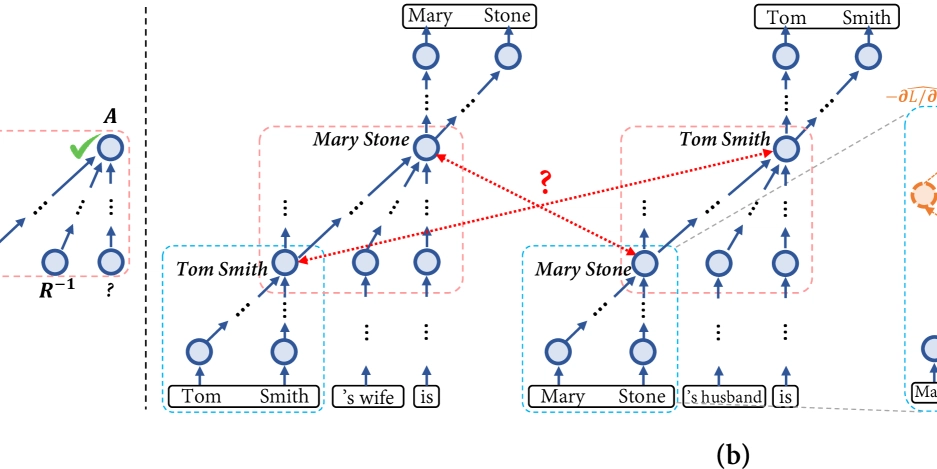
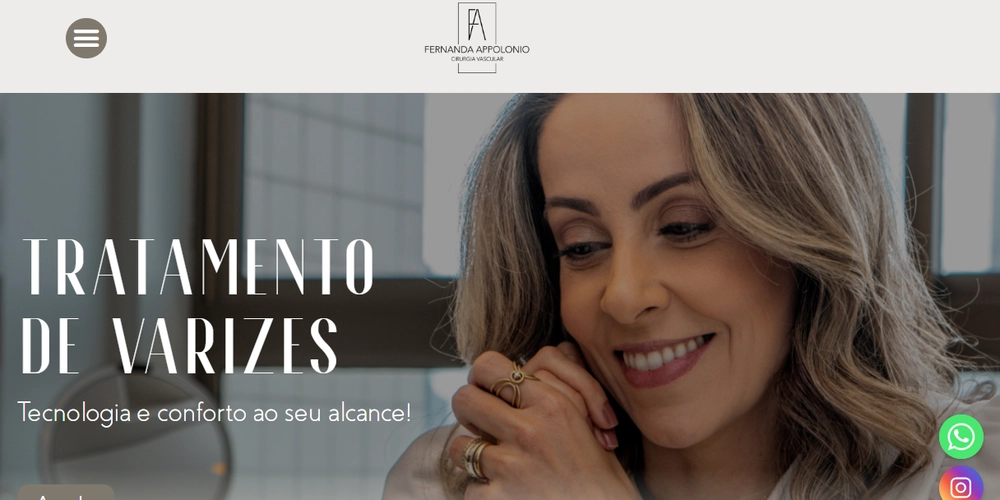
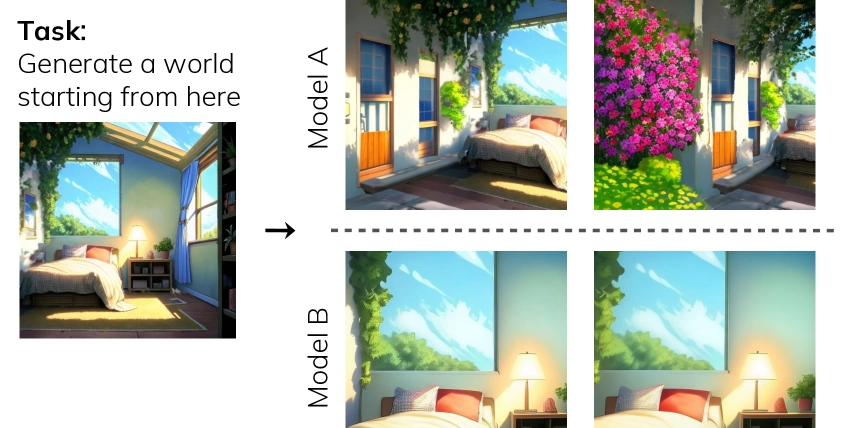
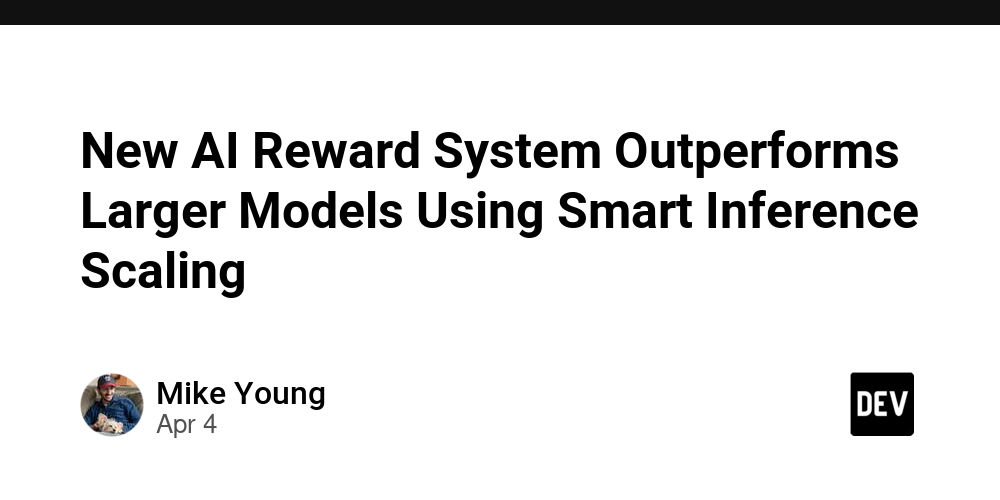


























































































































.jpg?#)















































































































































![YouTube Announces New Creation Tools for Shorts [Video]](https://www.iclarified.com/images/news/96923/96923/96923-640.jpg)

![Apple Faces New Tariffs but Has Options to Soften the Blow [Kuo]](https://www.iclarified.com/images/news/96921/96921/96921-640.jpg)
































































































